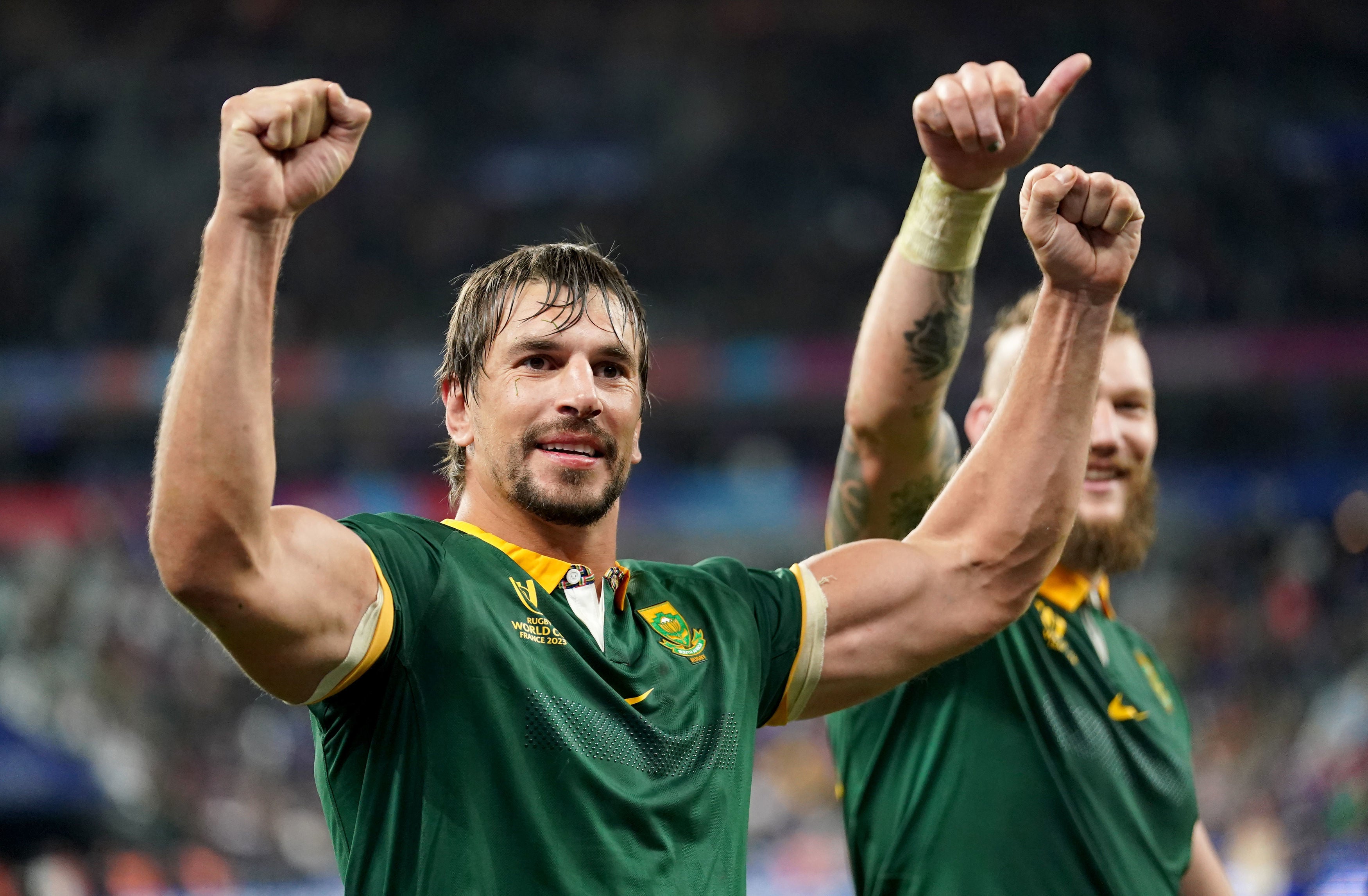How do Argentina beat the All Blacks? Three key areas the Pumas should target in World Cup semi-final
Argentina stunned New Zealand in Christchurch last year
Sign up to our free sport newsletter for all the latest news on everything from cycling to boxing
Sign up to our free sport email for all the latest news
Thanks for signing up to the
Sport email
Argentina are seeking a first appearance in a Rugby World Cup final as they look to shock New Zealand in Paris.
The Pumas suffered an opening defeat to England at this tournament but have built steadily since, outlasting Wales in a physical quarter-final to reach a third
No doubt, the task is large this weekend – Argentina have beaten the All Blacks only twice in their history.
But Michael Cheika’s side will take hope from the fact that both of those wins came in the last three years, including on New Zealand soil last August.
How do they go about upsetting the All Blacks again? Here are three key areas that Argentina must get right:
Recommended
Protecting Santiago Carreras
New Zealand are crossing the gainline more than 60% of the time, better than any other side at this World Cup. Argentina simply cannot allow the All Blacks to consistently win collisions and build up a head of steam.
There is reason to hope, though, with Argentina behind only Fiji, South Africa and Georgia in terms of dominant tackle percentage at the World Cup. Their two recent wins against New Zealand, meanwhile, were both built on ferocious defensive showings.
In Christchurch last year, Argentina particularly excelled in that regard, making 192 of their 200 tackle attempts. Marcos Kremer, an under-the-radar standout performer at this World Cup, made 26 tackles that day; Michael Cheika may need something similarly heroic from his openside in Paris.
“It’s quite simple – our defence needs to be perfect,” said wing Emiliano Boffelli. “To beat the All Blacks, we need to play a perfect game. I have faith in the team. I remember that game in Christchurch, where all of our tackles were effective, all of the players were getting organised and back into place. I think we can do it again.”
Marcos Kremer (right) and Santiago Carreras are two key figures for Argentina
They also protected fly half Santiago Carreras cannily in that win – the playmaker had just two tackles to make, with inside centre Matias Orlando making 16. The All Blacks managed to make Johnny Sexton take plenty of punishment last week – the veteran ten made 11 tackles, perhaps contributing to what looked a slightly fatigued performance in the final quarter. Keeping Carreras clean could be key in getting the attack clicking.
Cheika might have considered giving the abrasive Matias Moroni a start at inside centre, but the coach has backed Santiago Chocobares after the Toulouse midfielder was cleared of concussion. He will have a key defensive role to play if New Zealand again try to wear down the opposition fly half.
Disrupting the All Blacks’ lineout
New Zealand’s lineout has been the best in the tournament
Plenty of focus, as ever, will be on New Zealand attacking game but it is the All Blacks’ lineout that has been most clearly a cut above the rest at this tournament. Their hookers have missed just a single throw across this tournament, giving them the security and certainty of set-piece ball off of which they can launch their attacking plays.
There are signs that things may have been held back for the knockout rounds, too. Take Will Jordan’s score in the quarter-final: the All Blacks rarely use a four-player lineout but identified that Ireland might be vulnerable defending at the tail without their standard defensive lineout structure.
Ireland elected not to compete as Brodie Retallick was hoisted at the front, ensuring a quick transfer back to Aaron Smith, whose typically rapid pass found Richie Mo’unga. With the midfield defence focussed on the phalanx of forwards waiting to Richie Mo’unga’s left, the fly half stepped subtly inside and drove at the line, with Will Jordan in the sidecar on his inside. Josh van der Flier had widened out too far, with Mo’unga darting past the flanker’s tackle attempt, accelerating into space and flicking to Jordan to race into the right corner.
Argentina will not want to risk something similar, and simply have to try to get their paws on Codie Taylor’s throws. A wet ball may help, and the Pumas may be able to call upon a bit of inside knowledge – Pablo Matera is out of the tournament with his injury but has remained with the Pumas squad. The flanker spent the 2022 Super Rugby season with the Crusaders, playing alongside Taylor, Scott Barrett and Sam Whitelock, and under forwards coach Jason Ryan, considered key in transforming New Zealand’s pack over the last 16 months or so. The calls will be different but Matera could pick up on some clues.
Getting Mateo Carreras involved
Speedster Mateo Carreras is an elusive runner
For a side that possesses plenty of pace and penetration in wide channels, Argentina do not play to width often: the Pumas have passed more than ten metres away from the ruck at the third least frequent rate in the competition. It is unlikely to see them stray too far from that strategy but this is surely not a time to die wondering: some attacking invention will be required against a team so capable of scoring quickly.
In the pair’s Rugby Championship meeting, Argentina were blown away in the first quarter, kicking away plenty of early possession and unable to get a foothold in the game. Perhaps it might be wise to test the edges of New Zealand’s defence early – Mark Tele’a, back in the All Blacks side after missing out last week due to a disciplinary issue, can be an inconsistent defensive reader, sometimes drifting up too soon and leaving space for a miss pass.
Boffelli could see plenty of ball on the right touchline, and will also have a major role to play building scoreboard pressure from the tee. But getting Mateo Carreras’s hands on the ball more often should also be a focus: the wing is averaging a carry only every 13 minutes in this tournament, compared to every 5 and 7 for New Zealand’s Tele’a and Will Jordan.
Source: Read Full Article






